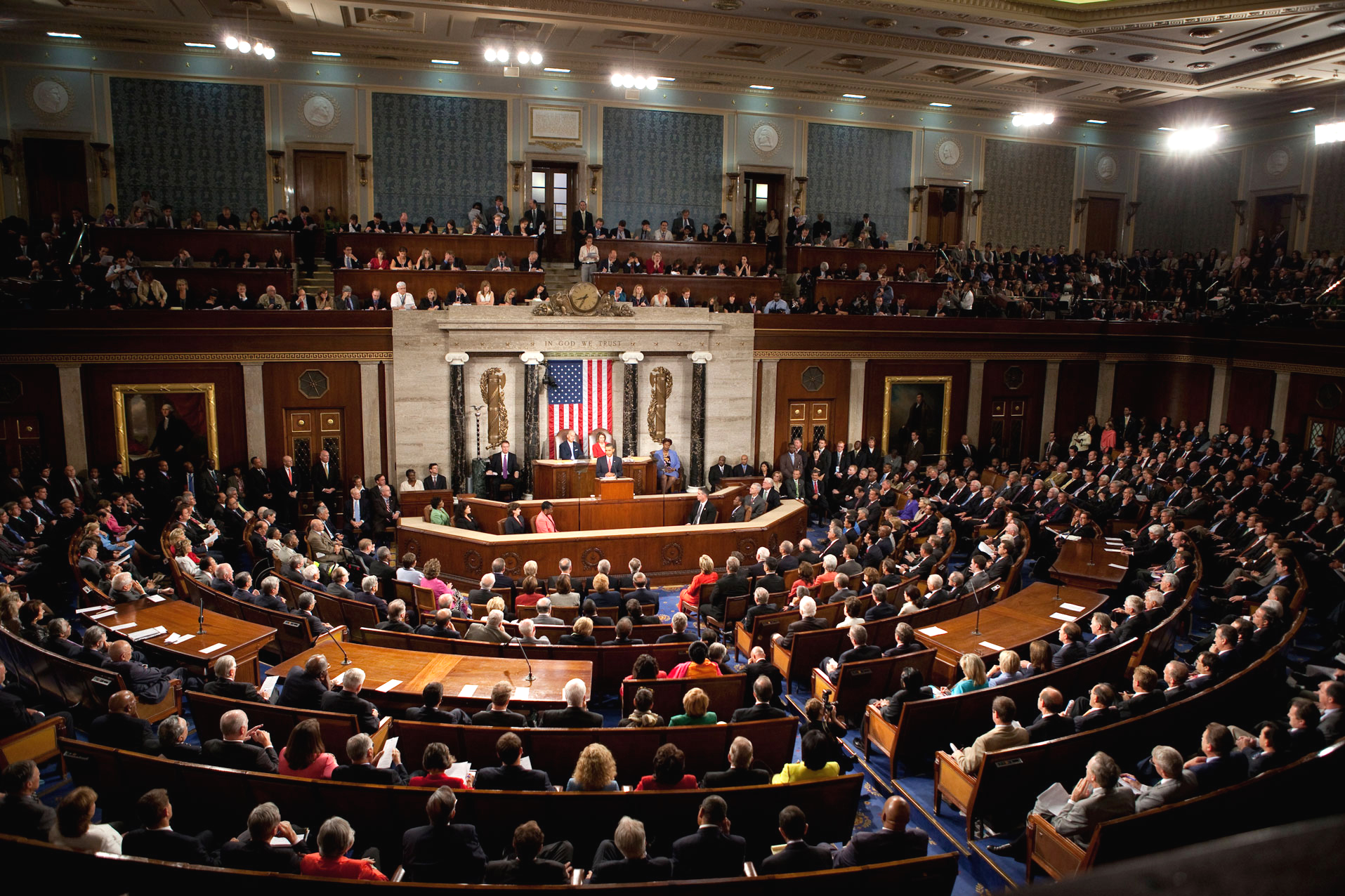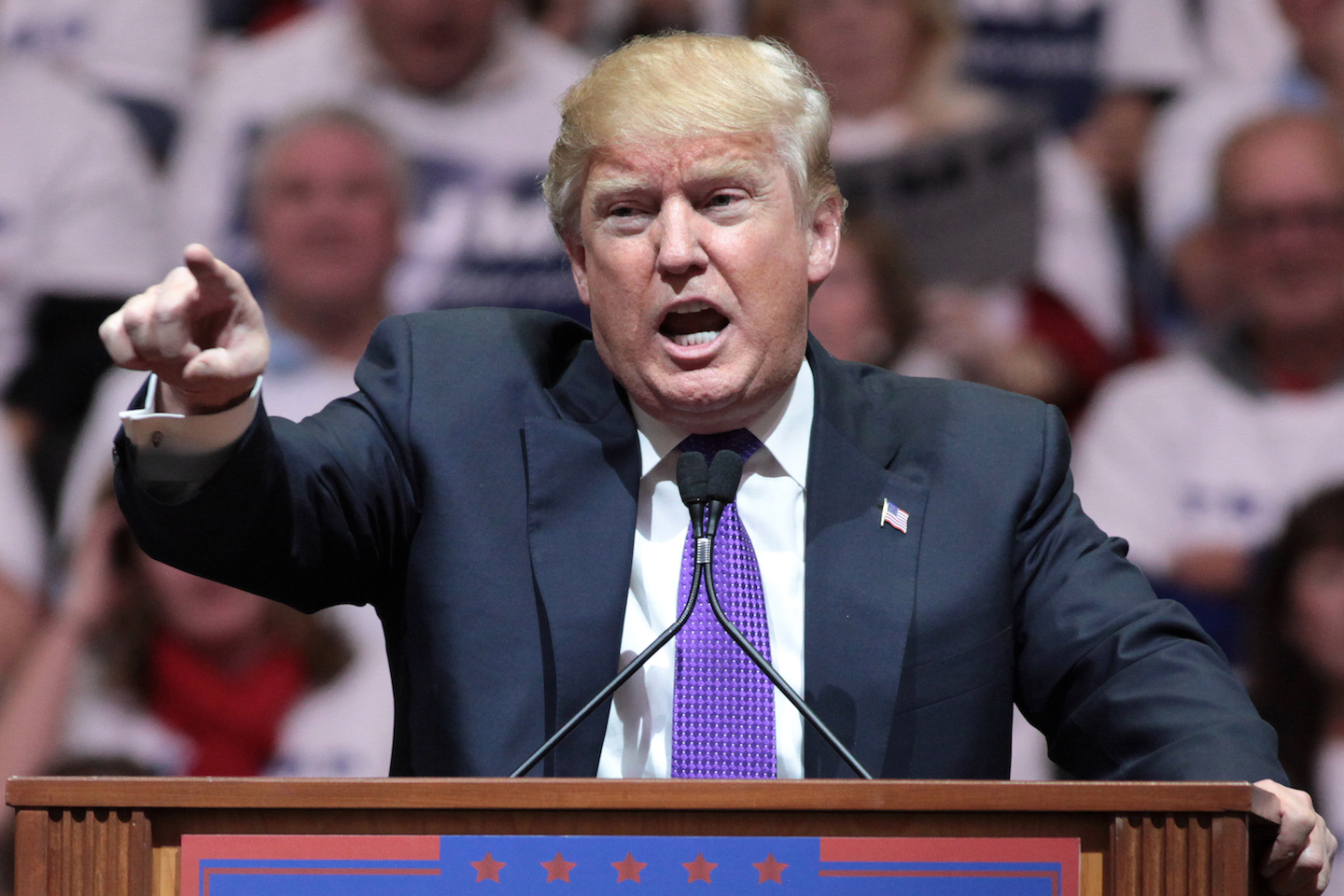Groups insist the ONLY way Americans can retake power from Congress is to change the Constitution — Here’s how it can be done SAFELY
08/15/2017 / By JD Heyes

Americans’ faith in their governing institutions is failing, and with each passing year, the dysfunction in Washington only seems to grow. President Donald J. Trump campaigned and won on a pledge to “drain the Washington swamp,” but as we’ve seen in the six months he’s been in office Deep State operatives in the intelligence community, Congress, the federal bureaucracy, and the dishonest establishment media have all demonstrated they’re not going anywhere.
Meantime, the most populist president since Teddy Roosevelt is being thwarted in his agenda daily by members of Congress in both parties who owe their allegiance not to the people who elected them but to the special interests and corporate donors who finance their elections.
It all adds up to a system of government that no longer functions as designed and does not serve as a body “representative” of the people.
Our founders were well aware that someday, long after they were gone, just this sort of situation might develop, so they devised a way for people, working through their states, to take back power from Washington — and it completely cuts Washington out of the process.
Article V of the Constitution lists two ways that our founding document can be amended. In our 230-plus year history, only one of those methods has been used:
The Congress, whenever two-thirds of both houses shall deem it necessary, shall propose amendments to this Constitution, or, on the application of the legislatures of two thirds of the several states, shall call a convention for proposing amendments, which, in either case, shall be valid to all intents and purposes, as part of this Constitution, when ratified by the legislatures of three fourths of the several states, or by conventions in three fourths thereof, as the one or the other mode of ratification may be proposed by the Congress…
All 17 Amendments adopted after the ratification of the first 10 — the Bill of Rights — were proposed by Congress. But as you can see, the second method — amendments proposed by states via an Article V convention — are just as valid and can then be ratified in the same method as those proposed by Congress.
The big difference, of course, is that once enough states meet the Constitution’s requirements for a convention, Congress has no alternative but to call one, and hence, is then completely cut out of the amendment process.
Well, it just so happens that a growing number of states already have passed resolutions calling for an Article V convention of states. As Pew Trusts reports, the constitutional threshold of two-thirds of states formally seeking a convention has nearly been met:
Next month delegations of state lawmakers will travel to Phoenix, Arizona, to attend what organizers say will be the first formal convention of states since the Civil War. They’ll gather at the Capitol, inside the turquoise-carpeted House chamber, and draw up rules for a hoped-for future meeting: a convention to draft an amendment to the U.S. Constitution.
No “amendment convention” has taken place since the Constitution was written over 200 years ago. But the idea is gaining steam now, stoked by groups on the left and right that say amendments drafted and ratified by states are the last, best hope for fixing the nation’s broken political system and dysfunctional — some even say tyrannical — federal government.
“We have a Congress in the United States made up of two bodies — House and Senate — that are incapable of restricting their own power,” said Texas state Sen. Brian Birdwell, a Republican. States now want to step in and reclaim some of their rightful power. (Related: Memo to GOP Congress: Voters are blaming YOU, not Trump, for lack of progress on the president’s agenda.)
Supporters say this is the only way to strip power from a federal government that has grown far beyond its original constitutional boundaries. Critics worry that a convention would see the introduction of amendments that would strip away rights Americans currently enjoy and become a “runaway convention.”
But the process doesn’t work that way.
“The scope of authority for the convention is defined by the topic specified in the 34 applications that trigger the convention. Any proposals beyond that scope would be out of order,” explained the group Convention of States, which is backing the convention.
The fact is, Congress isn’t going to ‘fix’ itself. If it’s going to happen at all, it will have to come from the states.
J.D. Heyes is a senior writer for NaturalNews.com and NewsTarget.com, as well as editor of The National Sentinel.
Sources include:
Tagged Under: amendment process, Arizona meeting, Congress, Constitution, Convention of States, States Rights




















